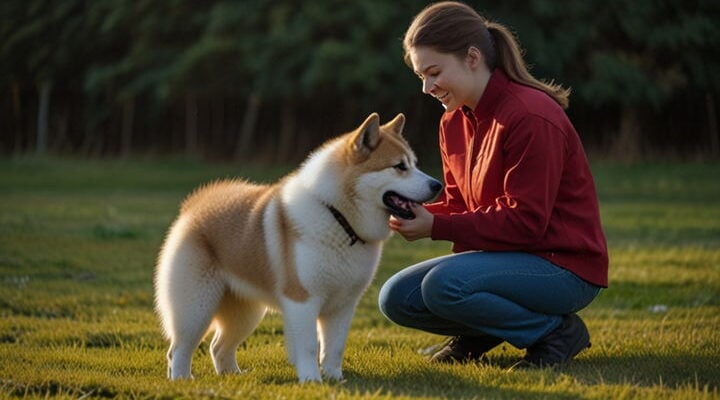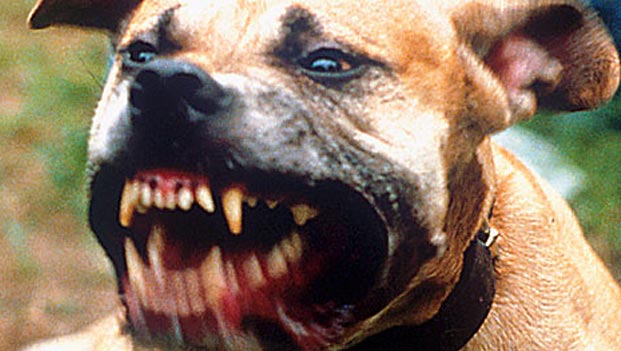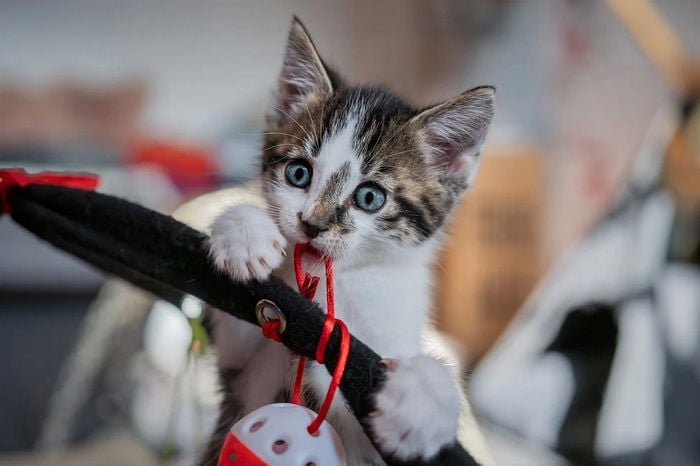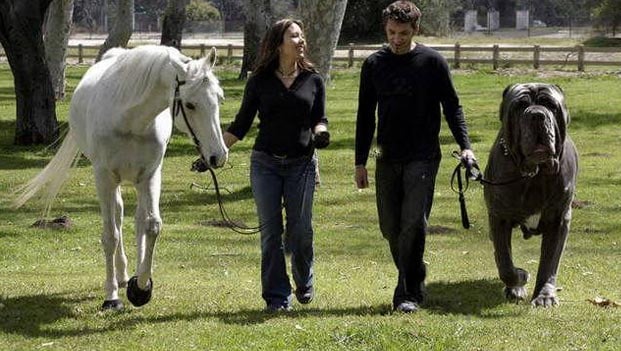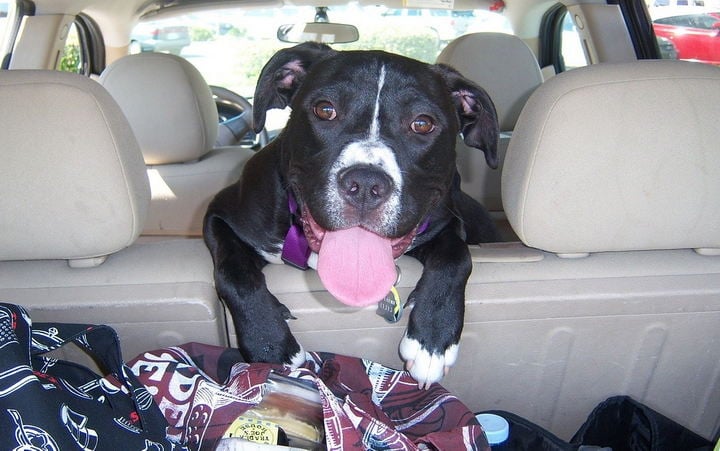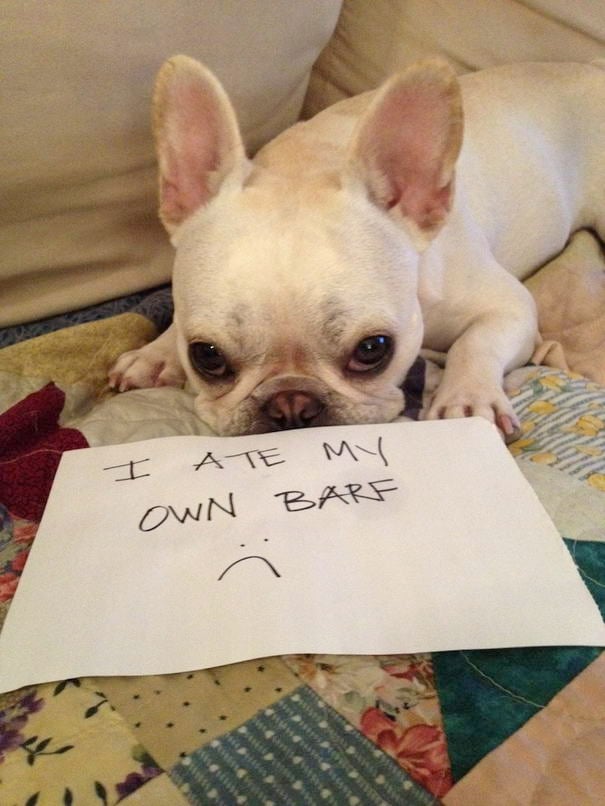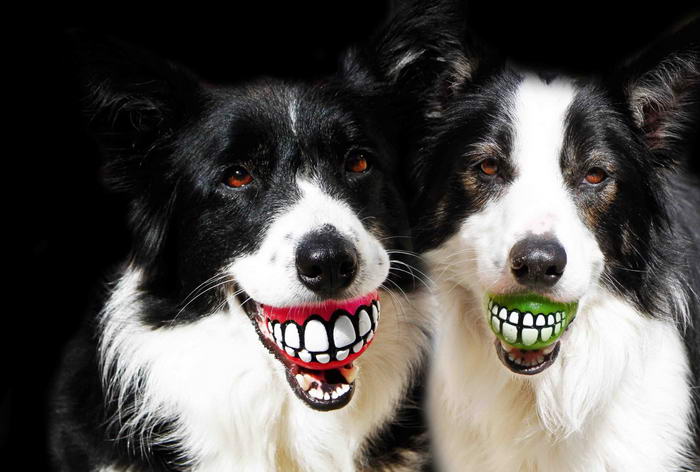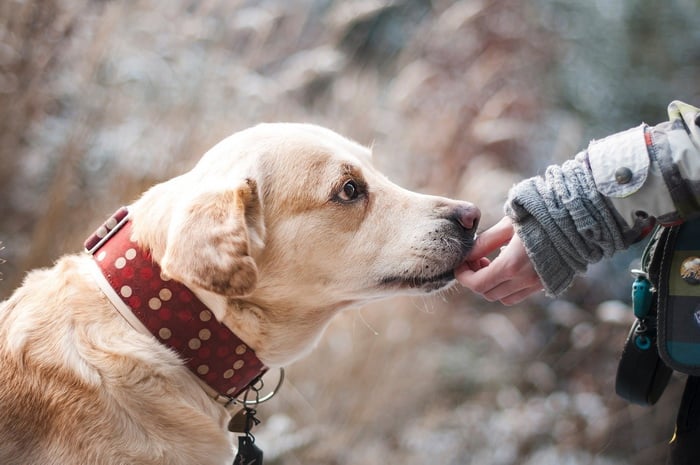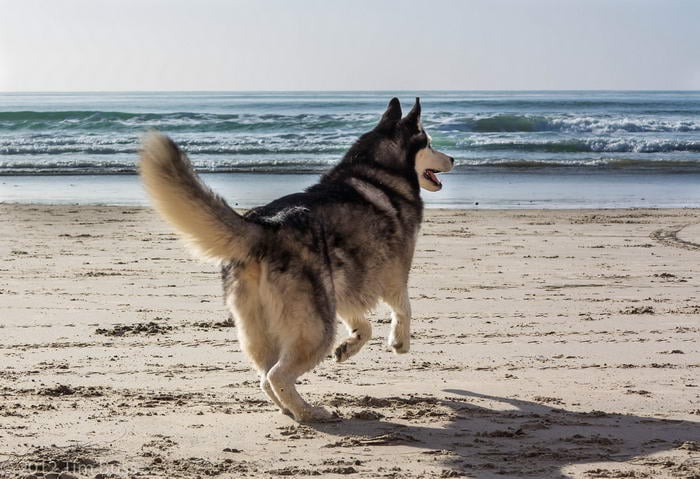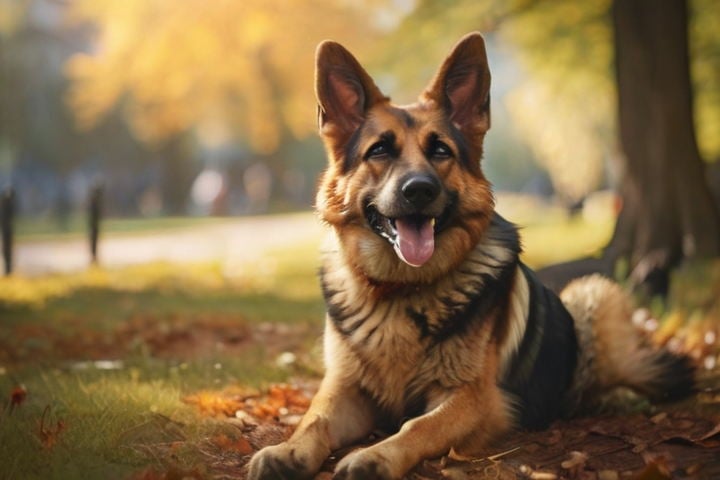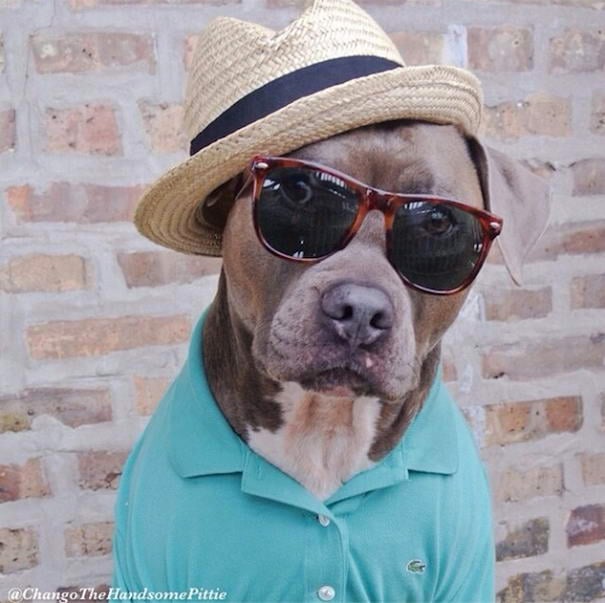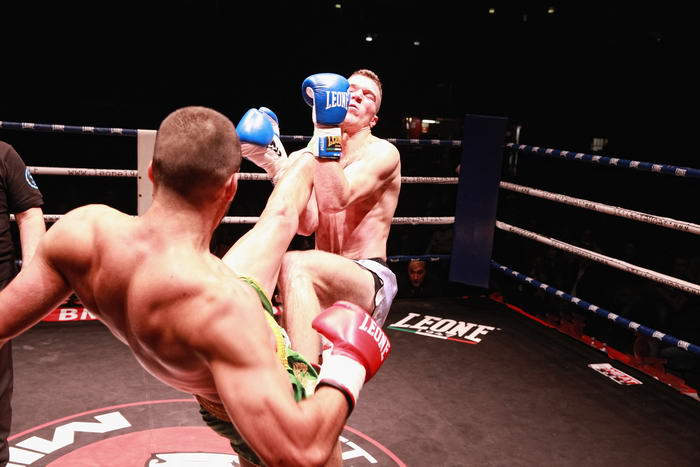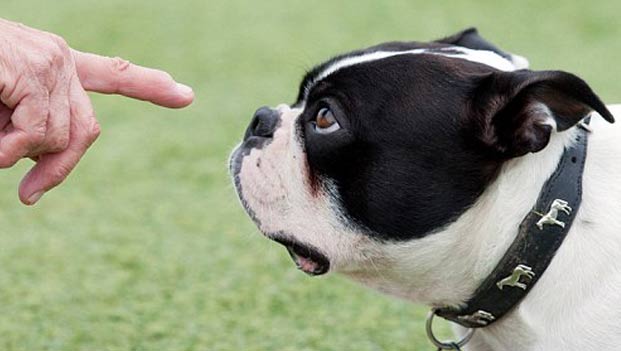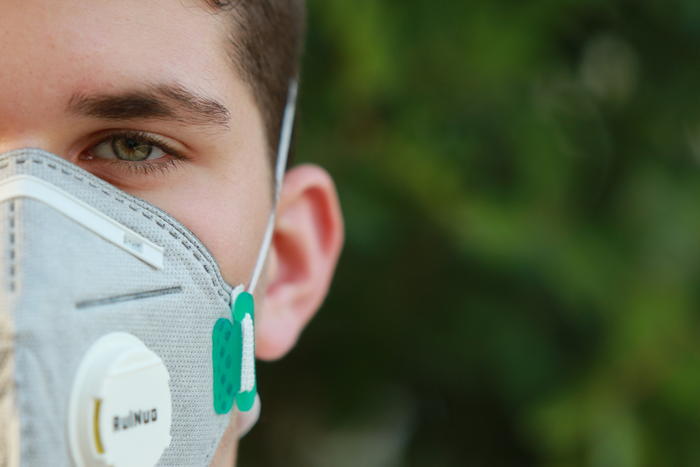Imagine coming home after a long day, expecting a warm greeting from your furry friend, only to find chewed-up shoes and an overturned trash can. Frustrating, right? Training a dog can feel like a full-time job, but it’s essential for a peaceful home and a happy pet. Proper dog training isn’t just about teaching commands; it’s about building a strong bond and mutual understanding.
Think of training as the foundation of your relationship with your dog. Without it, your dog might develop behaviors that are not only annoying but also potentially dangerous. Poor training can lead to anxiety, destructiveness, and even aggression. That’s why it’s crucial to get it right from the start.
In this list, we’ll explore the most common mistakes dog owners make during training. By understanding these pitfalls, you can avoid them and set your dog up for success. We’ll discuss everything from starting training at the right time to using positive reinforcement effectively.
By avoiding common training mistakes, you can make the process smoother and more enjoyable for both you and your dog. This approach will help you build a stronger bond and ensure your dog grows into a well-behaved companion. Ready to transform your dog’s behavior and strengthen your relationship? Let’s get started!
10 – Starting Too Late
One of the most common mistakes is waiting too long to start training your dog. Early dog training is crucial because puppies are most receptive to learning new behaviors and commands during their first few months of life. Ideally, you should begin training when your puppy is around eight weeks old. At this age, they are eager to learn and can easily absorb the basics of obedience, socialization, and house rules.
Starting late can lead to the development of bad habits that are much harder to break. Older dogs can still learn, but the process is often more challenging and time-consuming. It requires extra patience and consistency to retrain a dog that has already formed undesirable behaviors. The earlier you start, the easier it will be to establish good habits and prevent problematic behaviors from taking root.
09 – Inconsistent Training
Consistency is the cornerstone of effective dog training. Dogs thrive on routine and clear expectations. When training is inconsistent, it confuses the dog and slows down their progress. For example, if one family member allows the dog on the couch while another doesn’t, the dog won’t understand what is expected of them. This inconsistency can lead to frustration for both the dog and the owner.
To avoid this, ensure that everyone in the household is on the same page with training commands and rules. Use the same words for commands and enforce the same rules consistently. This helps the dog understand and remember what is expected of them. Consistent training also involves regular practice sessions to reinforce learned behaviors and commands, ensuring that your dog retains what they have learned.
08 – Lack of Patience
Patience is a vital ingredient in successful dog training. Many dog owners expect quick results and become frustrated when their dog doesn’t immediately grasp new commands or behaviors. This impatience can lead to negative feelings, which the dog can sense. Dogs are highly intuitive and can pick up on your emotions, becoming anxious or stressed if they feel you are frustrated.
Training should be a positive experience for both you and your dog. Keep training sessions short and fun, and always end on a positive note. Celebrate small victories and progress, no matter how minor they may seem. Remember, every dog learns at their own pace, and patience will help create a more relaxed and effective training environment.

07 – Using Negative Reinforcement
Negative reinforcement, such as yelling or using physical punishment, can be detrimental to your dog’s training and overall well-being. These methods can instill fear and anxiety, leading to a breakdown in communication and trust between you and your dog. Instead of learning what behavior is expected, the dog may become fearful and confused, making training even more challenging.
Positive reinforcement is a much more effective and humane approach. Rewarding good behavior with treats, praise, or playtime encourages your dog to repeat those behaviors. Positive reinforcement creates a supportive learning environment where your dog feels safe and motivated to learn. It also strengthens the bond between you and your dog, making training a more enjoyable experience for both of you.
06 – Not Practicing Enough
Regular practice is essential for reinforcing learned behaviors and commands. Dogs need repetition to fully understand and remember what is expected of them. Many dog owners make the mistake of not practicing enough, thinking that their dog will remember commands without consistent reinforcement. This can lead to confusion and regression in training.
Incorporate short, frequent training sessions into your daily routine. These sessions should be engaging and varied to keep your dog interested. Practice commands in different environments and with varying levels of distractions to help your dog generalize the behavior. Consistent practice not only reinforces learning but also strengthens the bond between you and your dog, making them more likely to respond positively to training.
05 – Ignoring Socialization
Socialization is a critical aspect of a dog’s development. It helps them become well-adjusted and confident in various environments and situations. Ignoring this essential part of training can lead to a range of behavioral problems, including fear, aggression, and anxiety. Dogs that aren’t properly socialized may react negatively to new experiences, making them difficult to manage in public settings.
To properly socialize your dog, expose them to a variety of people, animals, and environments from a young age. Positive interactions are key, so use treats and praise to reward calm and friendly behavior. Regularly taking your dog to different places, such as parks, pet-friendly stores, and neighborhoods, can help them become accustomed to diverse sights, sounds, and smells. This ongoing exposure ensures they grow into a well-rounded and confident adult dog.

04 – Too Many Commands
Overloading your dog with too many commands can be overwhelming and counterproductive. When dogs are given multiple commands at once, they can become confused and may not understand what is expected of them. This confusion can slow down the training process and lead to frustration for both the dog and the owner.
To avoid this, focus on teaching one command at a time until your dog fully understands and responds to it reliably. Use clear and concise commands, and reinforce them consistently. Once your dog has mastered a command, you can gradually introduce new ones. This step-by-step approach helps your dog learn more effectively and reduces the likelihood of confusion.
03 – Bribing Instead of Rewarding
There is a fine line between bribing and rewarding your dog. If your dog only obeys commands when a treat is visible, you’re likely bribing rather than rewarding. This approach can lead to a dog that only performs when they see a reward, undermining the effectiveness of your training.
To correct this, start by showing your dog the treat to capture their interest, but gradually phase out the visible reward. Instead, use praise and affection as primary reinforcements, with treats given sporadically to keep your dog motivated. This method helps your dog understand that good behavior is expected regardless of whether a treat is present, leading to more consistent obedience.
02 – Training with Distractions
Training your dog in a quiet, controlled environment is a good start, but it’s not enough. Dogs need to learn to respond to commands in a variety of settings, especially those with distractions. Without this, your dog might follow commands perfectly at home but struggle to obey in a busy park or during a walk.
Introduce distractions gradually during training sessions. Start with mild distractions and slowly increase the level of difficulty. For example, you might begin by training in a quiet backyard before moving to a park with more activity. This incremental approach helps your dog learn to focus and obey commands regardless of the environment, making them more reliable and well-behaved in any situation.

01 – Not Understanding Breed Requirements
Different breeds have unique characteristics, temperaments, and training needs. Failing to understand your dog’s breed-specific requirements can lead to ineffective training and frustration. For example, high-energy breeds like Border Collies require lots of physical and mental stimulation, while more independent breeds like Afghan Hounds may need a different training approach.
Researching your dog’s breed can provide valuable insights into their behavior and training needs. Understanding what motivates your dog, their energy levels, and any breed-specific traits can help you tailor your training methods accordingly. This knowledge ensures that your training is more effective and enjoyable for both you and your dog, fostering a stronger bond and better behavior.
By addressing these common dog training mistakes, you can create a more positive and productive training experience for your dog. This approach not only enhances your dog’s behavior but also strengthens your relationship, leading to a happier, more harmonious life together.
The Role of Mental Stimulation in Dog Training
When it comes to dog training, we often focus on teaching commands like sit, stay, and come. But did you know that mental stimulation is just as important? Keeping your dog mentally engaged can prevent boredom, reduce anxiety, and even improve their overall behavior. Let’s dive into why mental stimulation matters and how you can incorporate it into your dog’s daily routine.
Mental stimulation is crucial for your dog’s overall well-being. It helps prevent boredom, reduces anxiety, and can improve problem-solving skills. A mentally stimulated dog is more likely to be calm, focused, and obedient. Mental challenges can also tire your dog out, leading to better sleep and a more relaxed demeanor. By incorporating mental exercises into your daily routine, you can significantly enhance your dog’s quality of life and behavior.
Types of Mental Stimulation
Puzzle Toys and Interactive Games
- Puzzle toys are designed to challenge your dog’s problem-solving abilities. These toys often involve treat-dispensing mechanisms that require your dog to figure out how to get the treat out. This type of mental exercise is both fun and rewarding for your dog.
- Interactive games, such as hide-and-seek or tug-of-war, engage your dog’s mind and body. These games require your dog to think and react, providing excellent mental stimulation.
Training New Commands and Tricks
- Teaching your dog new commands and tricks keeps their mind active. Go beyond the basics and teach fun tricks like roll over, play dead, or fetch specific items. Each new trick provides a mental challenge and strengthens your bond with your dog.
Varied Walks and Exploring New Environments
- Varied walks expose your dog to different sights, sounds, and smells, which can be mentally enriching. Change your walking route frequently and visit new places. This variety keeps your dog engaged and stimulated.
Interactive Play and Problem-Solving Activities
- Interactive play includes games like fetch, hide-and-seek, or even simple scent-tracking activities. These games not only provide mental stimulation but also strengthen your bond with your dog.
- Problem-solving activities can be as simple as hiding treats around the house and encouraging your dog to find them. This taps into their natural hunting instincts and provides a rewarding mental challenge.
Incorporating Mental Stimulation into Daily Routine
Schedule Regular Mental Exercises
- Incorporate mental stimulation into your dog’s daily routine by scheduling regular activities. This can include short training sessions, interactive play, and puzzle toys. Consistency is key, so set aside time each day for these activities.
Combine Mental and Physical Exercise
- Combining mental and physical exercise can be particularly effective. For example, practice obedience commands during a walk or use a puzzle toy that requires your dog to move around. This combination keeps your dog engaged on multiple levels.
Monitor and Adjust Activities
- Every dog is different, so it’s essential to monitor how your dog responds to various activities and adjust accordingly. Some dogs may prefer certain types of mental stimulation over others. Pay attention to your dog’s reactions and tailor the activities to suit their needs.
Incorporating mental stimulation into your dog’s daily routine is crucial for their overall well-being and behavior. From puzzle toys and interactive games to varied walks and new training commands, there are countless ways to keep your dog’s mind active. By providing regular mental challenges, you can help your dog stay happy, healthy, and well-behaved, enhancing the bond you share and ensuring a harmonious life together. Remember, a mentally stimulated dog is a happy dog, and the effort you put into engaging their mind will pay off in countless ways.


